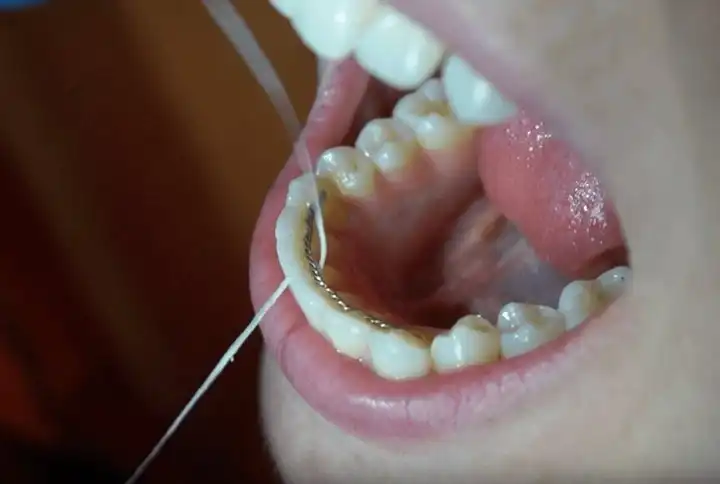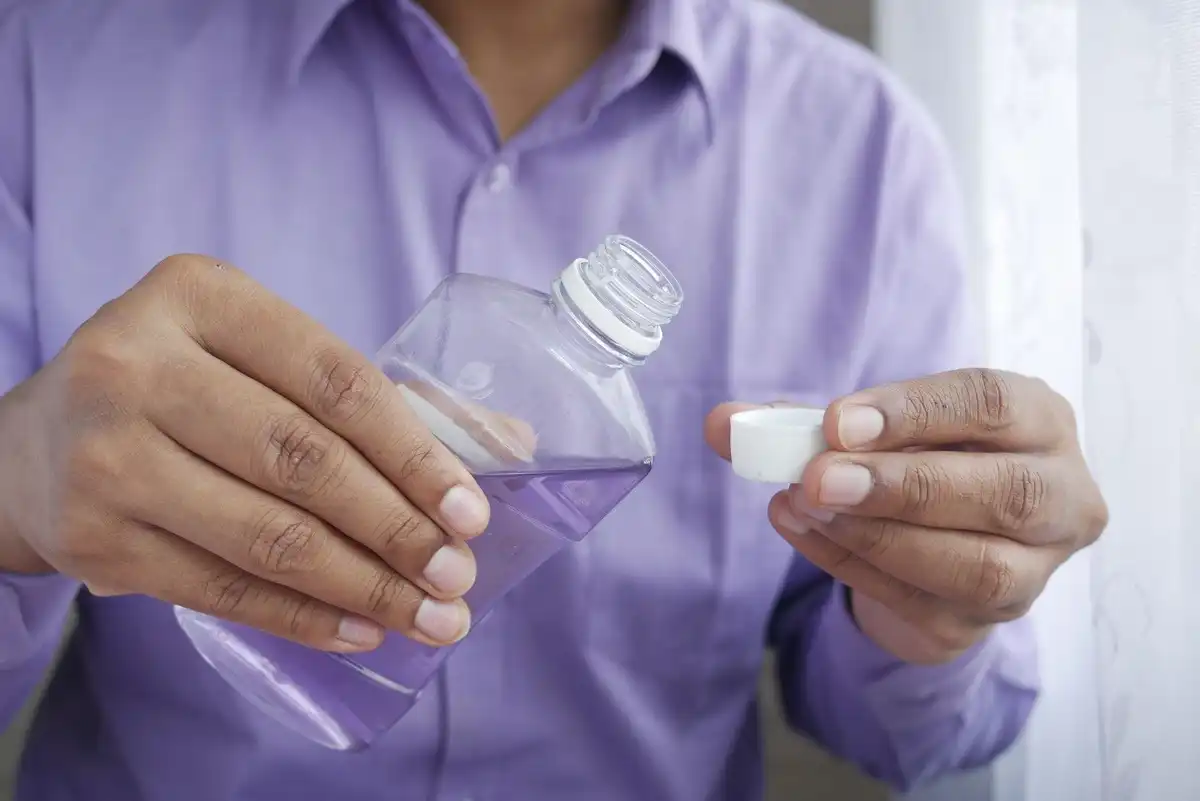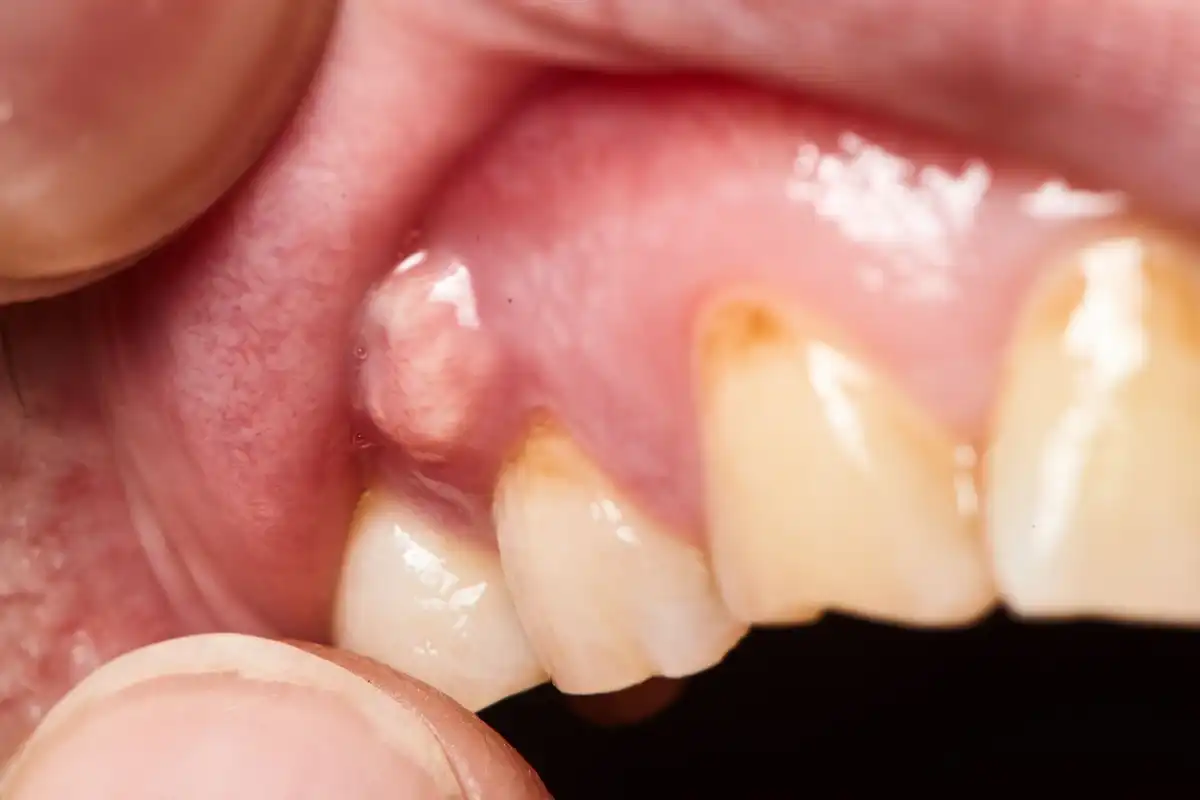What Do Healthy Gums Look Like? (Pictures & Action Plan)


Healthy gums are a reflection of healthy teeth! After all, you need healthy gums to help “hold” your teeth in place. Healthy teeth and gum balance can easily be overlooked though, when we’re focusing more on what our teeth look like than the tissues around them. Knowing what healthy gums look like can prevent you from needing dentures later on or even add to your risk of heart disease.
Importance of Gum Health
Regardless of coral or brown gum tissues, healthy gums should be smooth, tightly contoured around each tooth, and have a nice pointed “papilla” of gum tissue pointing up between every tooth.
Healthy Gums vs. Unhealthy Gums
They say that the mouth is the “gateway” to the rest of the body. Looking at someone’s gums can give you a good reflection of their overall wellness. Whenever someone has tightly attached, smooth gums without any redness or bleeding, you know they're also more likely to have healthy teeth.
BUT…if you smoke, it can make your gums look healthy even though they aren’t. Sure, there might not be any redness or inflammation, but that’s because of the blood vessels atrophying inside of your gingiva. If you think you have healthy teeth and gum tissues but you vape or use tobacco products, make sure you’re seeing your dentist regularly for gum disease screenings.
What Do Healthy Gums Look Like?
Below are pictures of healthy gums. There is no redness or swelling along the gum line.
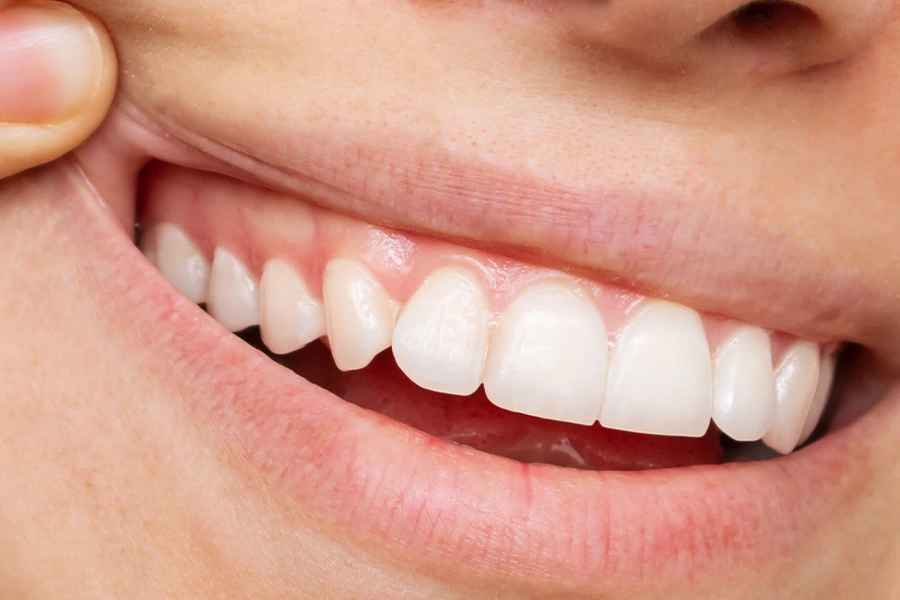
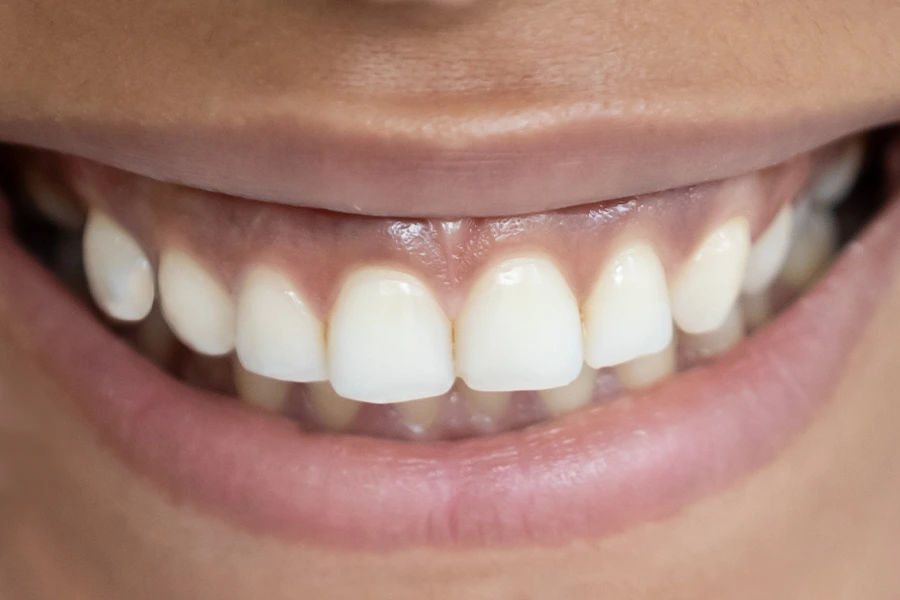
Gingivitis
How can you tell if your healthy gums are starting to get infected? You develop gingivitis. Brown or coral pink gums turn red and swollen along the gum line. Even if you have healthy teeth, infected gum tissues can jeopardize your smile. Fortunately, gingivitis is reversible if you catch it before it turns into periodontitis.

Healthy gums look like smooth, scalloped tissues around your teeth. But if you have gingivitis, there will be some redness, swelling along the gum margins, and probably bleeding gums whenever you brush and floss. Your gums might even feel a little itchy or sensitive.
Gingivitis is caused by plaque accumulation along your gumlines and is the direct effect of your immune system kicking in.
If you don't act on the early signs, your mild gum disease will transform into serious gum disease and will be much harder to treat.
Periodontitis (Gum Disease)
Let’s say you have gingivitis and you don’t do anything about it. You’re not brushing off the plaque and you don’t floss every day. And let’s say you’ve probably skipped a few dental cleanings. At that point, you’ll develop an even more aggressive gum infection as well as calcified tartar deposits under your gums.
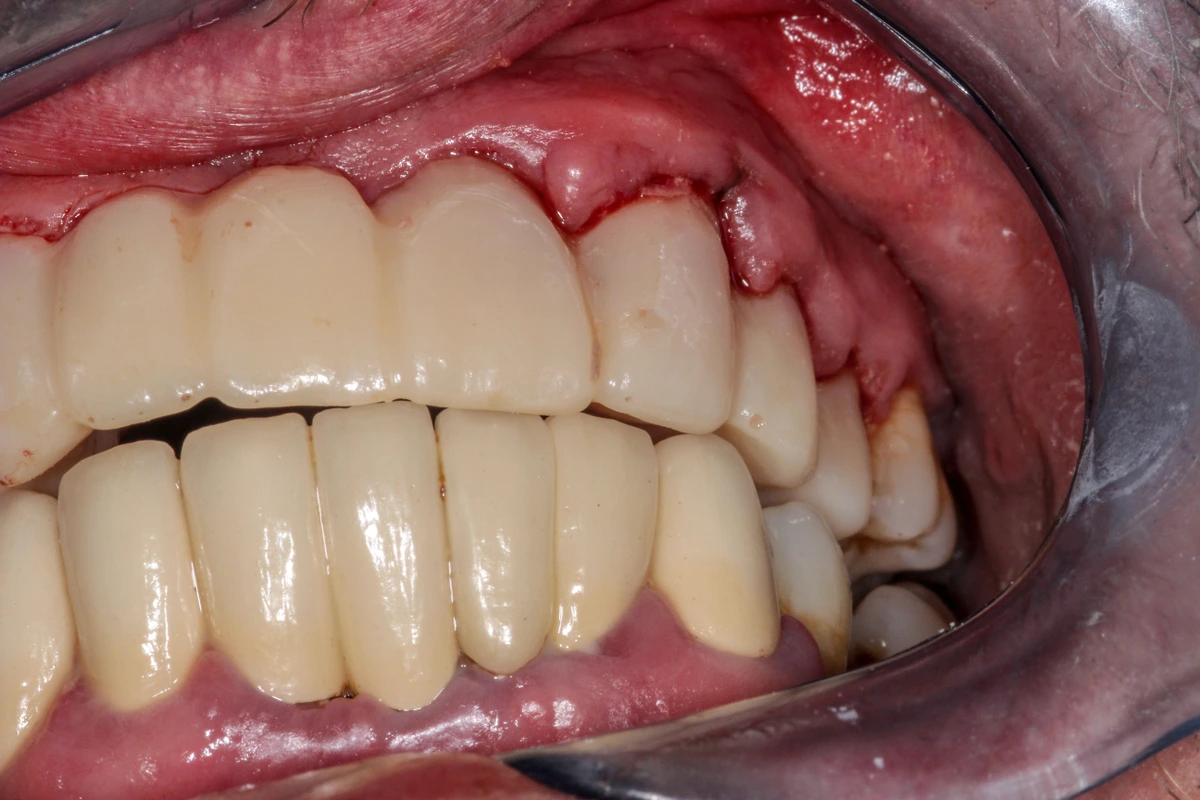
Gradually, your gum tissues are going to start to pull back away from your teeth, resulting in “pocketing” around the roots, associated bone loss, tooth decay, persistent bad breath, and significant bleeding gums.
At this point, there’s nothing you can do to reverse the periodontitis on your own. You’ll need professional deep cleanings to get your gum health back in check before it gets worse.
Advanced Periodontitis
By the time you’ve reached advanced gum disease, you’re experiencing receded gumlines, exposed tooth roots, serious bone loss, and tooth mobility. You may have even had a few teeth fall out. Even with a deep cleaning, there will be visible tooth roots and a lack of support around your teeth.
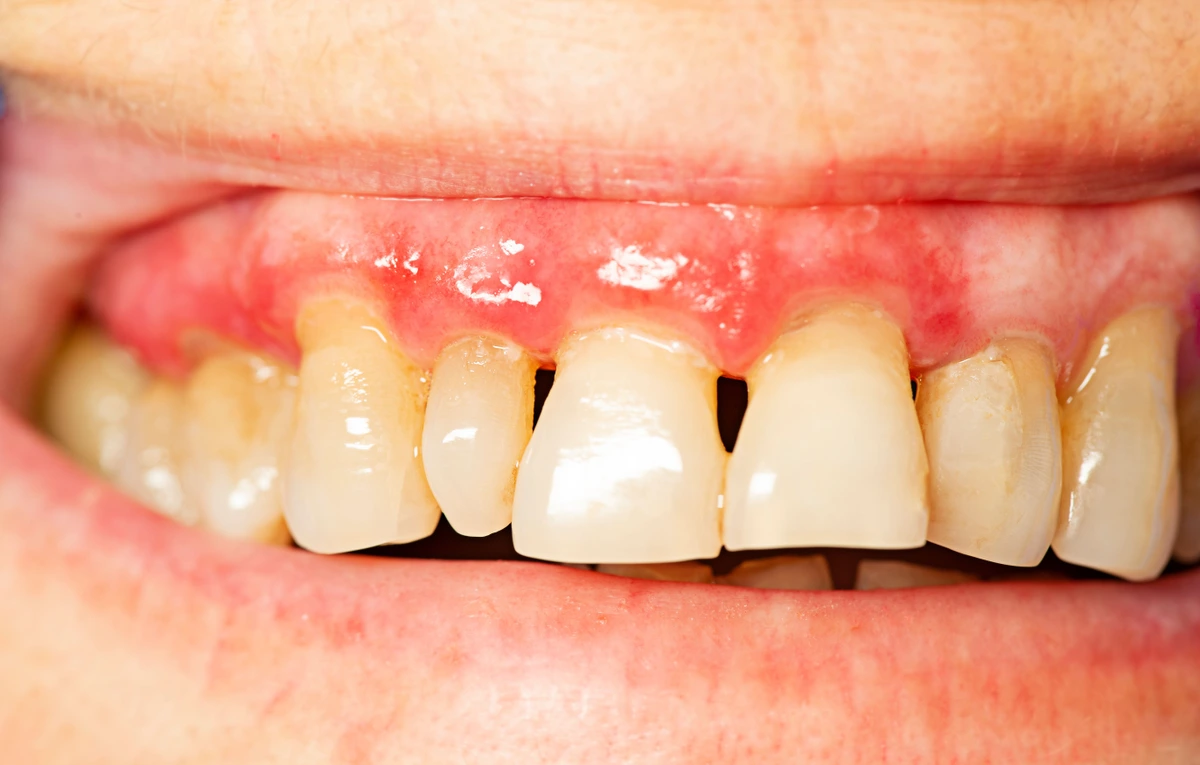
With severe gum disease, tooth loss is only the beginning of your concerns. Aggressive periodontitis also allows bacteria to spread straight into your bloodstream, putting you at serious risk for major health consequences.
How To Get Your Gums Healthy
The best way to restore healthy gums is to:
- Schedule dental cleanings every six months
- Floss every single day
- Brush along your gumlines
- Brush a minimum of twice a day for two minutes
- Consider using an electric toothbrush
How To Maintain Healthy Gums
Maintaining healthy gums is easier than most people realize, and it pays off big time. Remember, your gums are what’s helping “hold” your teeth in place. Without them, bone and tooth loss are inevitable.
Here’s what you need to do to maintain healthy gums and prevent gum disease:
1. Free Oral Care Guide
I created a step-by-step guide to completely reserve poor oral health habits and get your mouth in tip-top health. People tell me all the time this challenge helped them reverse their gingivitis and their dentist noticed a major difference.
Free Guide: 5 Things Your Oral Hygiene Routine Must Have!
2. Brush Correctly
A healthy mouth starts with a good oral health routine. Whenever you brush, angle the bristles towards the gums to stimulate the gumlines and clean away any plaque biofilm along the margins. If there is bleeding, do it anyway. Make sure you do so slowly, gently, and work your way around the entire mouth (both inside and outside of your teeth.)
Investing in an electric toothbrush can also be helpful, as all you have to do is hold it in place and let it do the work for you.
Related: 7 Best Electric Toothbrushes On The Market
3. Make Sure You’re Using Floss the Right Way
Floss needs to be able to slip just under the gumlines to remove the biofilm in those places. Wrap it snuggly in a “C” shape around the side of your tooth, then rub it up and down several times, allowing it to go below the edges of your gums. Repeat this on the sides of each tooth in your mouth (including behind your last teeth.) If there is any bleeding, continue flossing daily; the floss is not hurting your gums but is actually helping address the source of the bleeding.
4. Choose the Best Toothpaste and Mouthwash
5. Schedule Regular Dental Visits
Plan a professional dental cleaning every six months. If they say you need a deep cleaning, don’t ignore them! The longer you wait between cleanings, the unhealthier your gums and teeth will be.
The Oral Health And Systemic Link
Gum disease is also linked with erectile dysfunction, preeclampsia, and difficulty conceiving.
The good news is that by addressing gum infections and gum inflammation, you can play a direct impact on bettering your oral health.
When To Talk With Or Visit Your Dentist
If you have healthy gums that don’t improve after two weeks of great brushing and flossing, plan a trip to your dentist’s office. They or your hygienist will measure your gum attachment levels and bone, plus screen for tartar buildup, to see if something more serious is going on. A professional cleaning or deep cleaning can help you get your gums back in shape before additional attachment loss occurs.
Just because gum disease “runs in the family” doesn’t mean you shouldn’t see your dentist. With accessible preventative dental care, healthy gums are possible for everyone (even if your parents did lose their teeth by age 40!)
Planning regular dental cleaning appointments will help you enjoy healthy teeth and gums for a lifetime, not to mention it gives you the information you need to avoid and address poor oral hygiene habits. preventable oral disease.
What Do Healthy Gums Look Like?
Healthy gums typically look smooth, pointed between teeth, and have a light coral-pink color (with the exception of occasional brown or spotted gingiva.) They are tightly wrapped around your teeth and do not bleed. But as gum infections develop, bleeding and swelling are normal. Practice good oral hygiene and it can reverse gingivitis within a couple of weeks. But if you get to the point where it doesn’t, you probably have more aggressive gum disease that needs to be treated by your dentist. Don’t put it off because it’s a risk to your overall health.
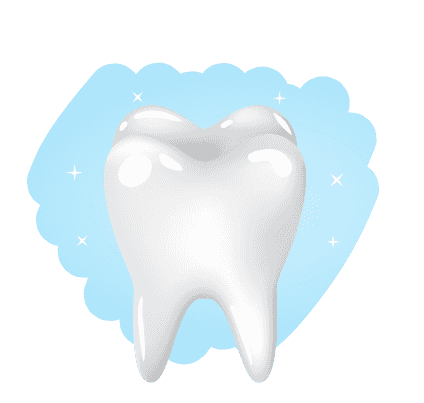
Make your inbox smile!
Subscribe

